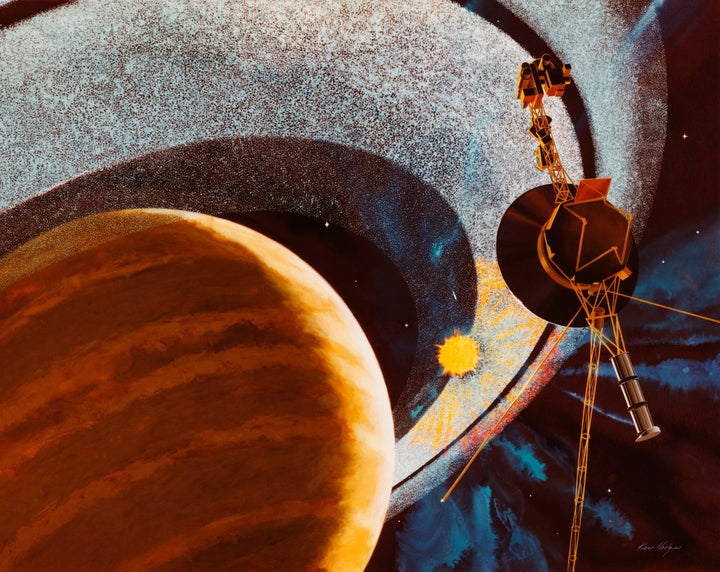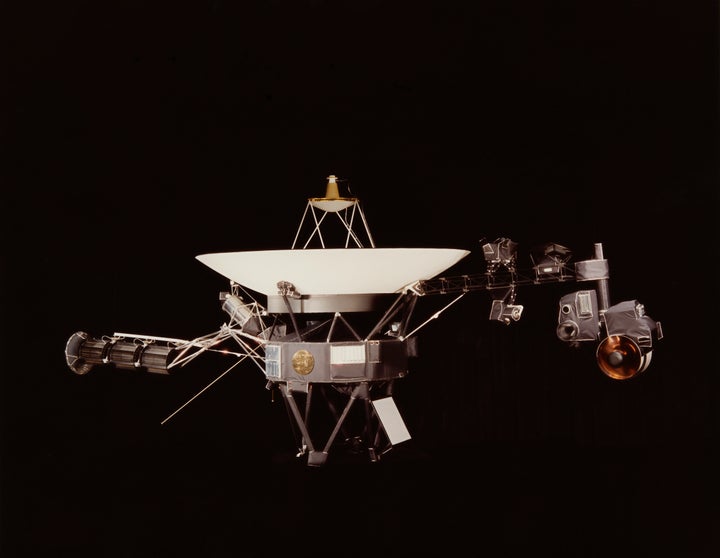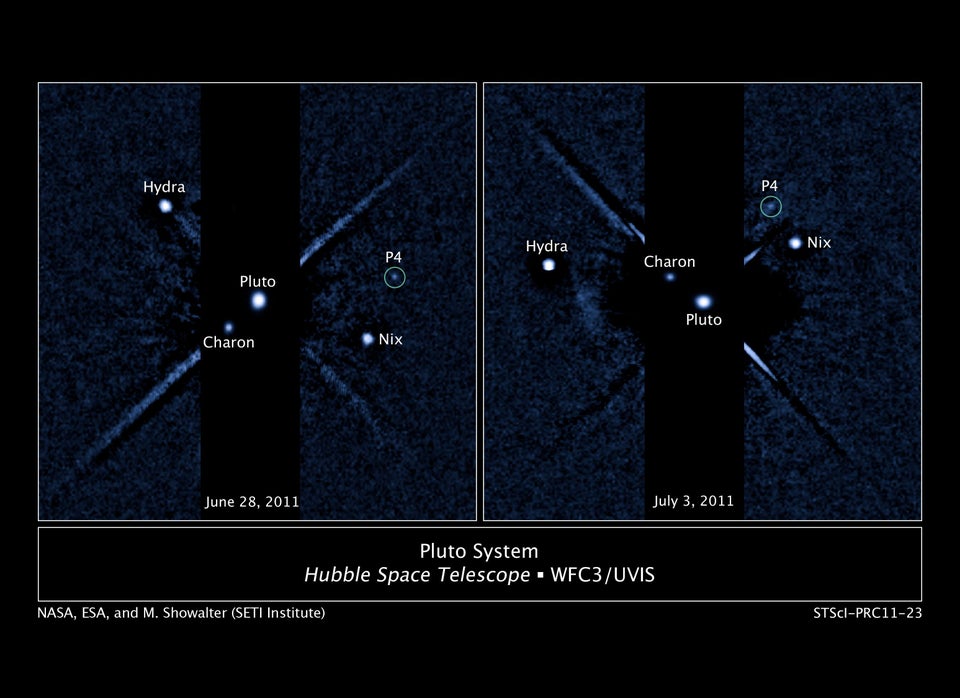
Artist's impression of the New Horizons spacecraft encountering a Kuiper Belt Object, as part of an extended mission after the Pluto flyby. In 2014, using the Hubble Space Telescope, New Horizons science team members discovered three Kuiper Belt Objects.
Now that it's sailed beyond Pluto, what comes next for NASA' s New Horizons spacecraft?
NASA says the probe will continue its mission into the Kuiper Belt, the vast region of primordial debris that encircles our solar system.
It will be lonely out there for sure. But maybe not as lonely as you might imagine. As McClatchy D.C. reported, the New Horizons probe won't be the only spacecraft at our solar system's edge -- it will be joining four other unmanned spacecraft that are already speeding their way out of the solar system: Pioneer 10, Pioneer 11, Voyager 1, and Voyager 2.
(Story continues below images.)

The venerable Pioneer 10 spacecraft was launched in 1972 to explore Jupiter. It sent its last signal to Earth in 2003.

The Pioneer 11 spacecraft was launched in 1973 to explore Saturn. It sent its last signal to Earth in 1995.

The Voyager 1 spacecraft, which launched in 1977, made the historic entry into interstellar space in 2012 and continues to send signals back to Earth.

The Voyager 2 spacecraft, which launched in 1977, also continues to transmit data back to Earth.
While in the Kuiper Belt, New Horizons will examine celestial objects found in the region until it runs out of fuel, the Guardian reported.
"We have a chance to go further and explore the deep reaches of the heliosphere, like Voyager did, and to do that with much more modern instruments," Dr. Alan Stern, the principal investigator of New Horizons, told USA Today, "and hopefully return data that will really add to the storehouse of what we know about our environment in the solar system."
New Horizons has enough power to keep operating until the mid-2030s, Stern said. By that point it will be roughly 9.3 billion miles from the sun--and will continue on its way even after it falls silent.
Onward all!

